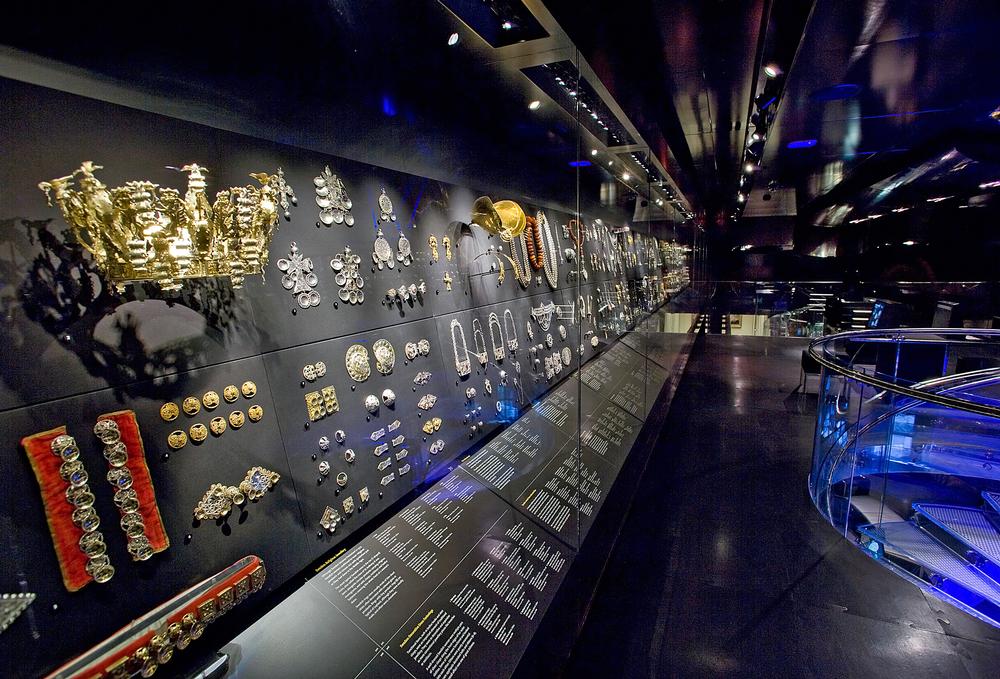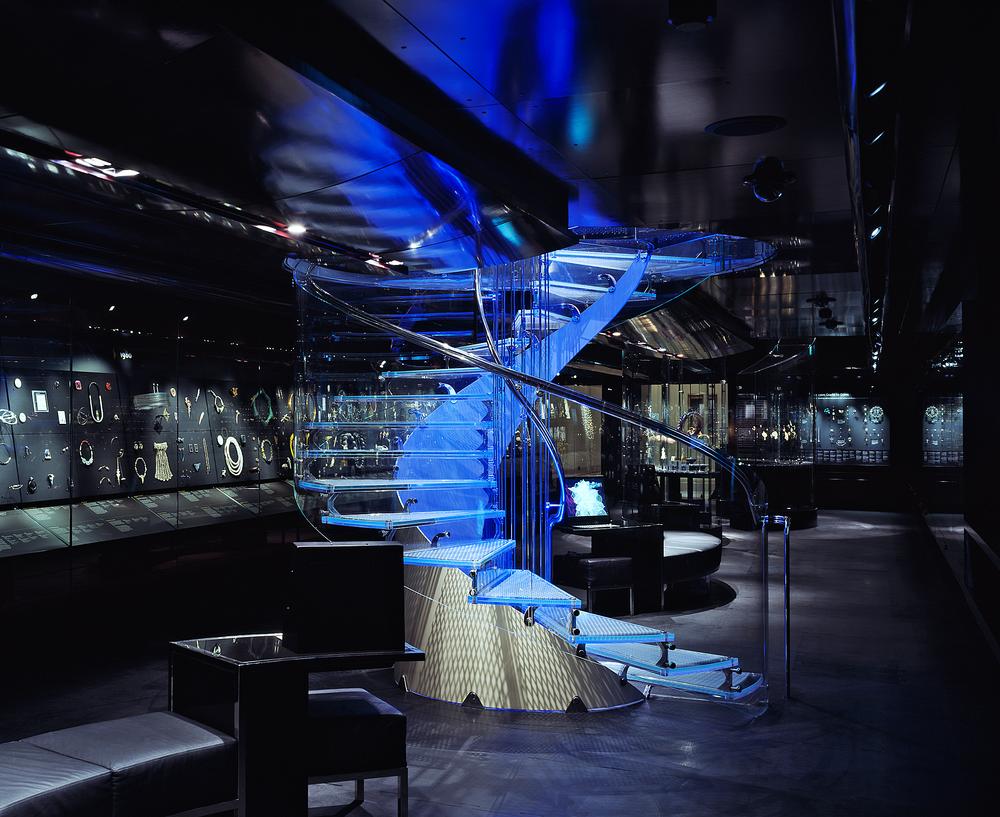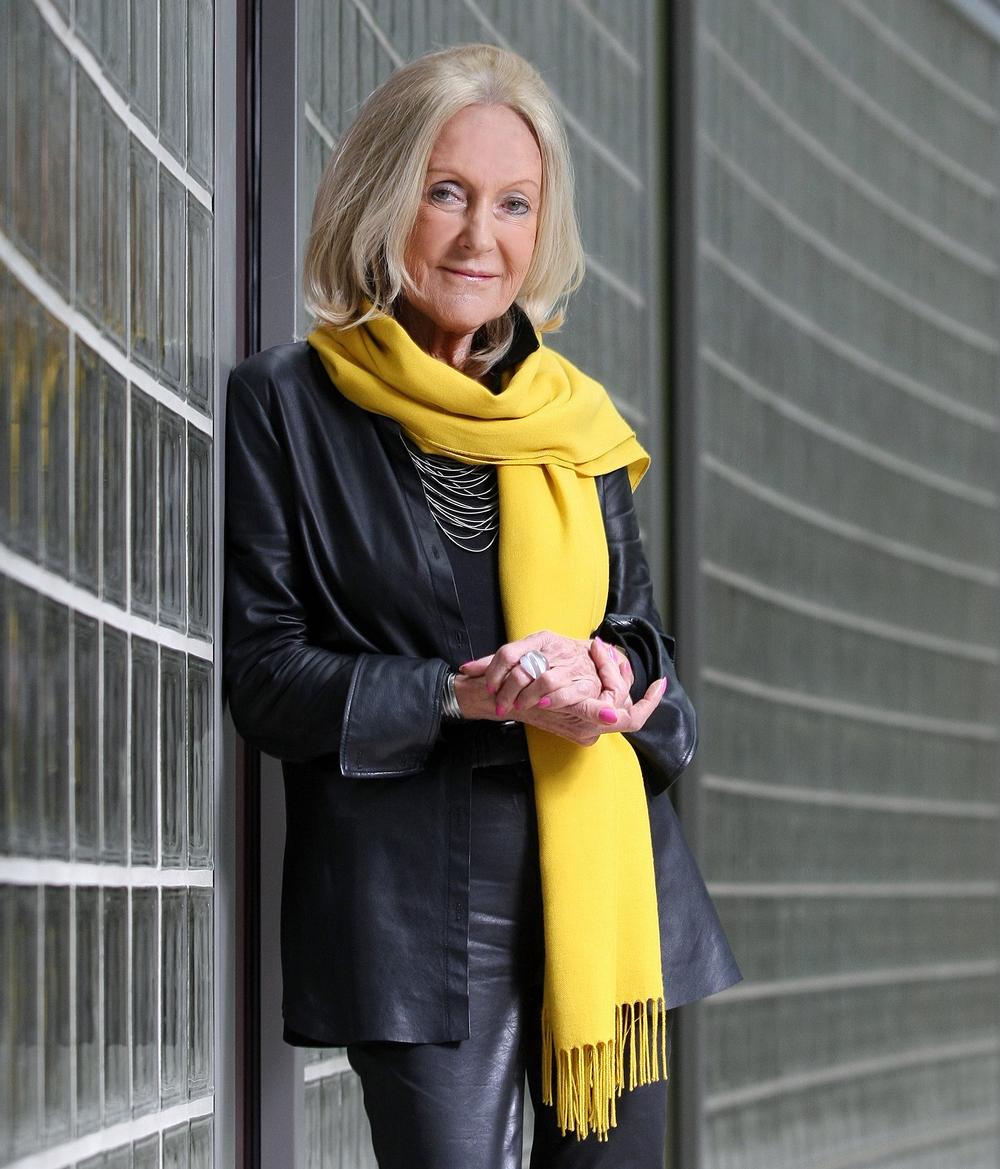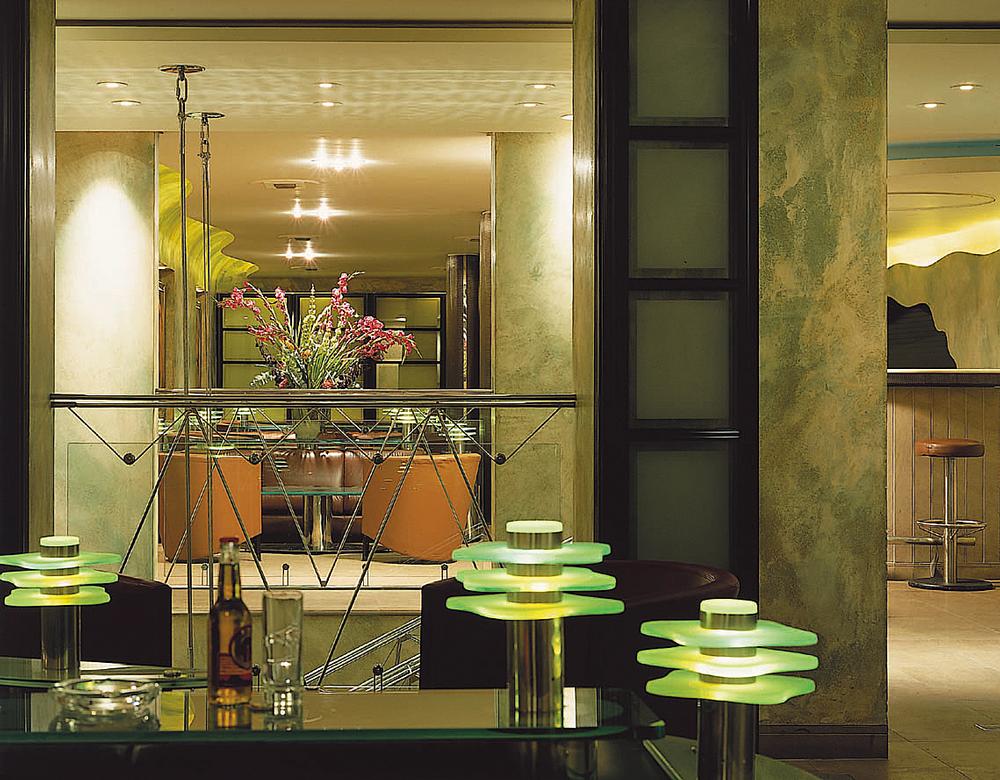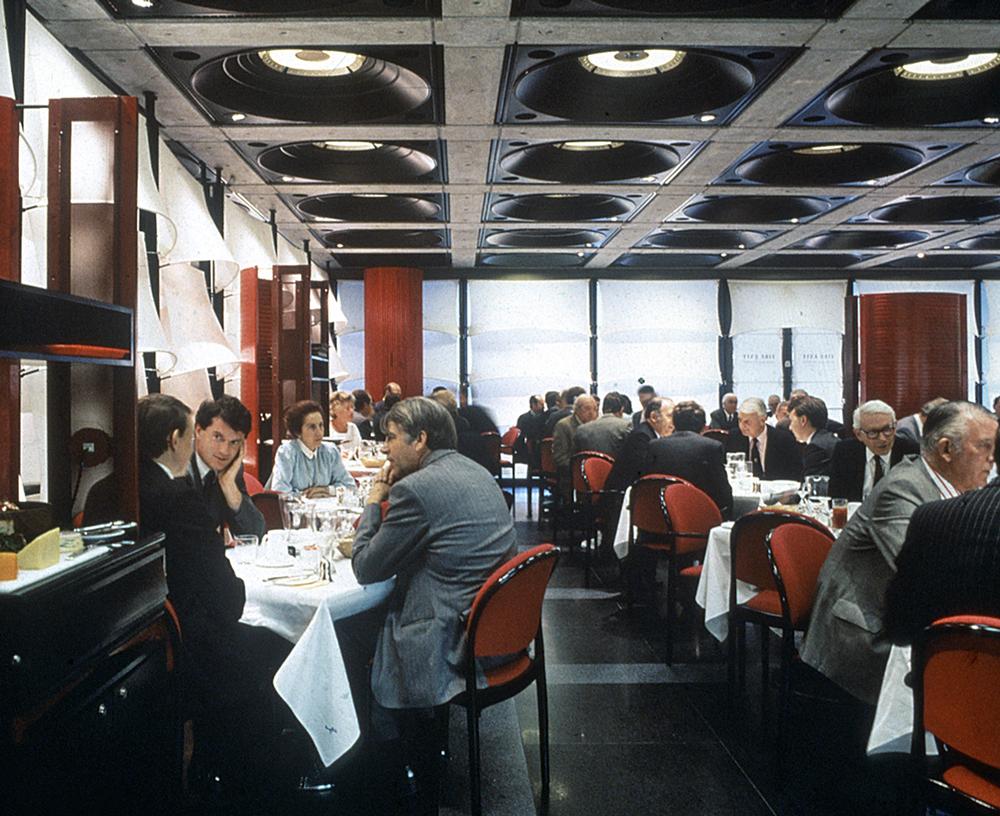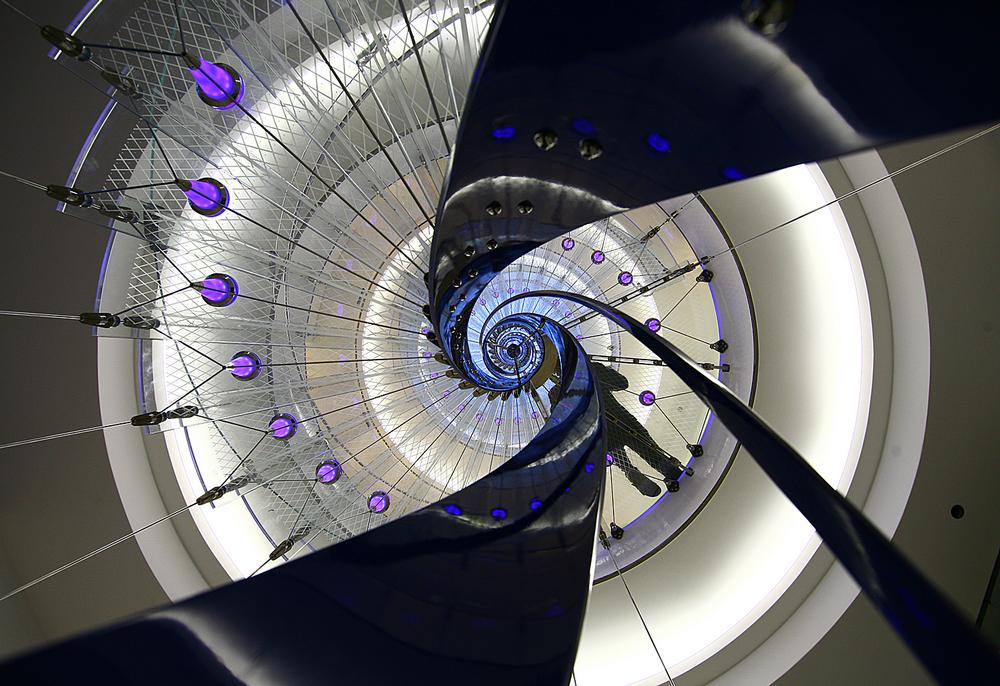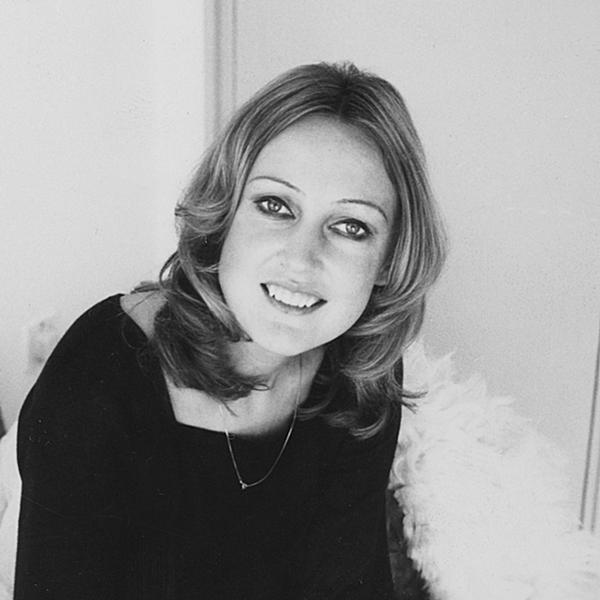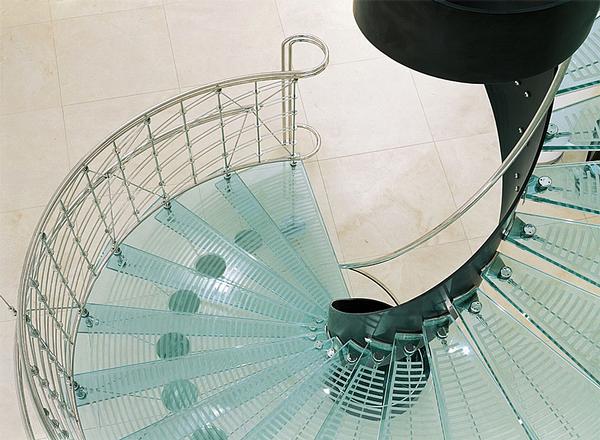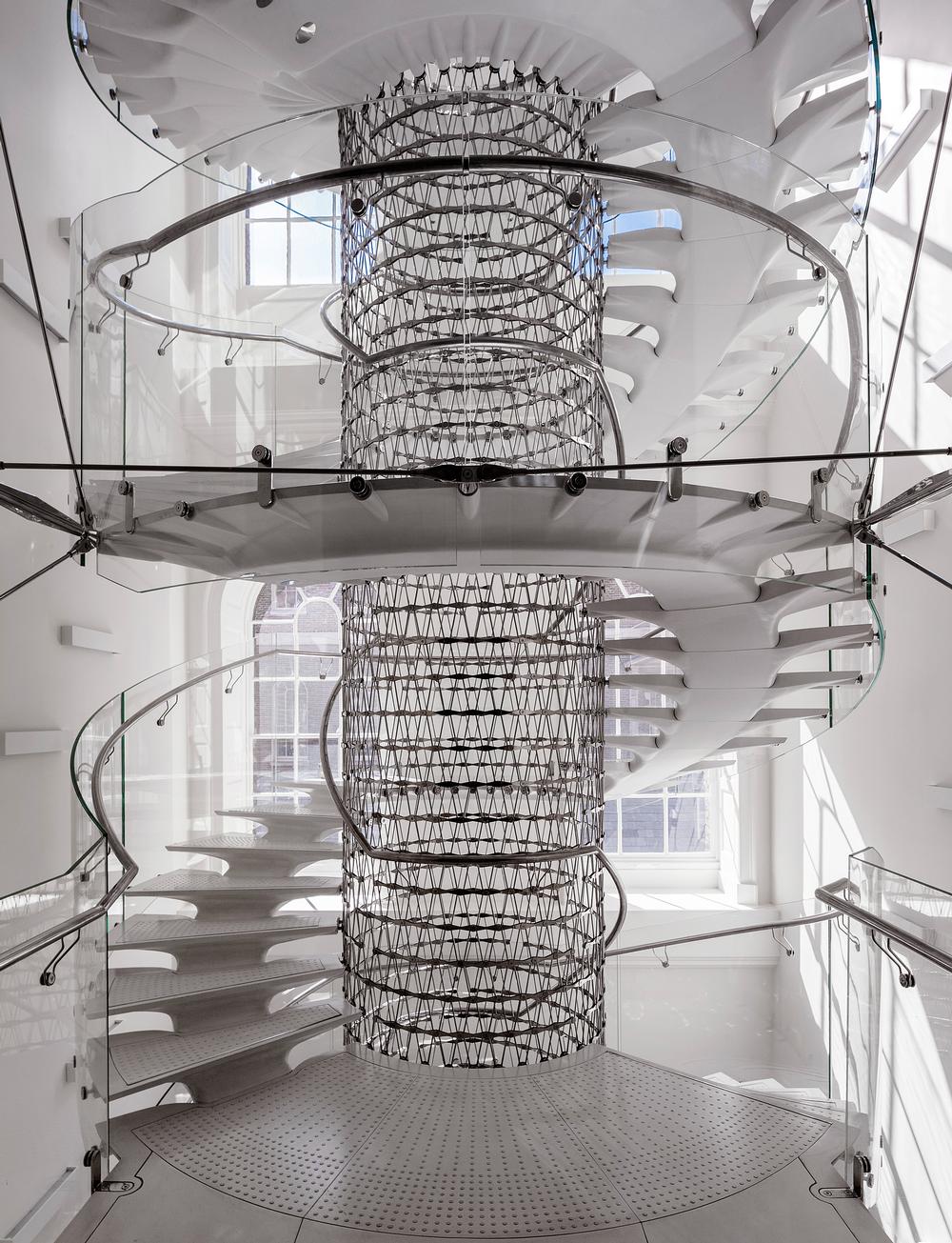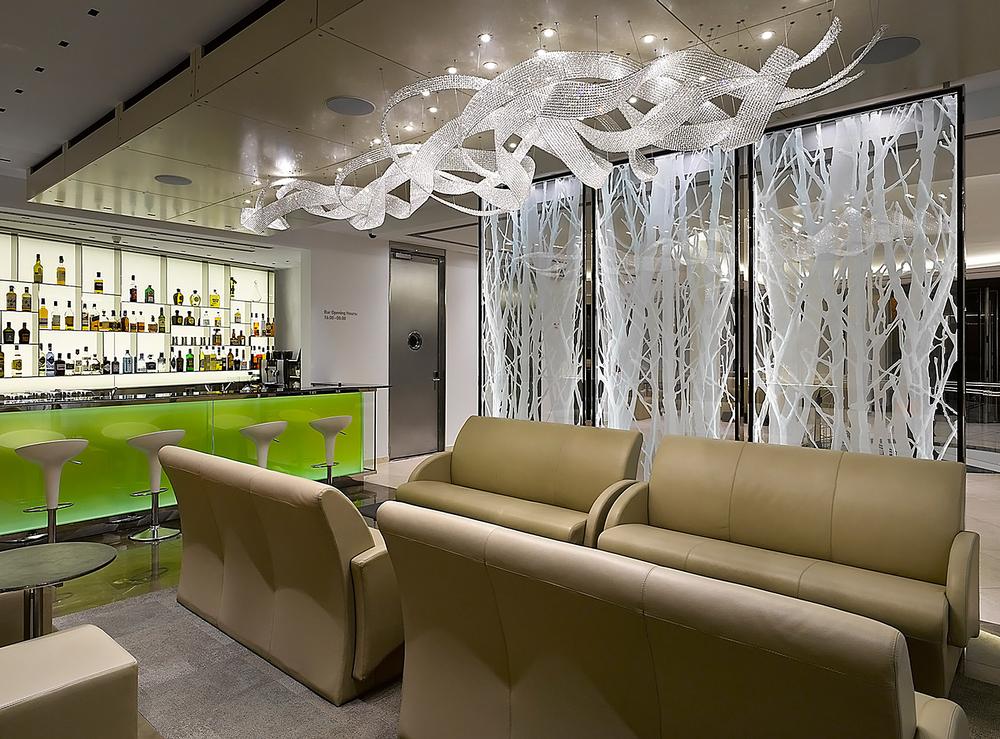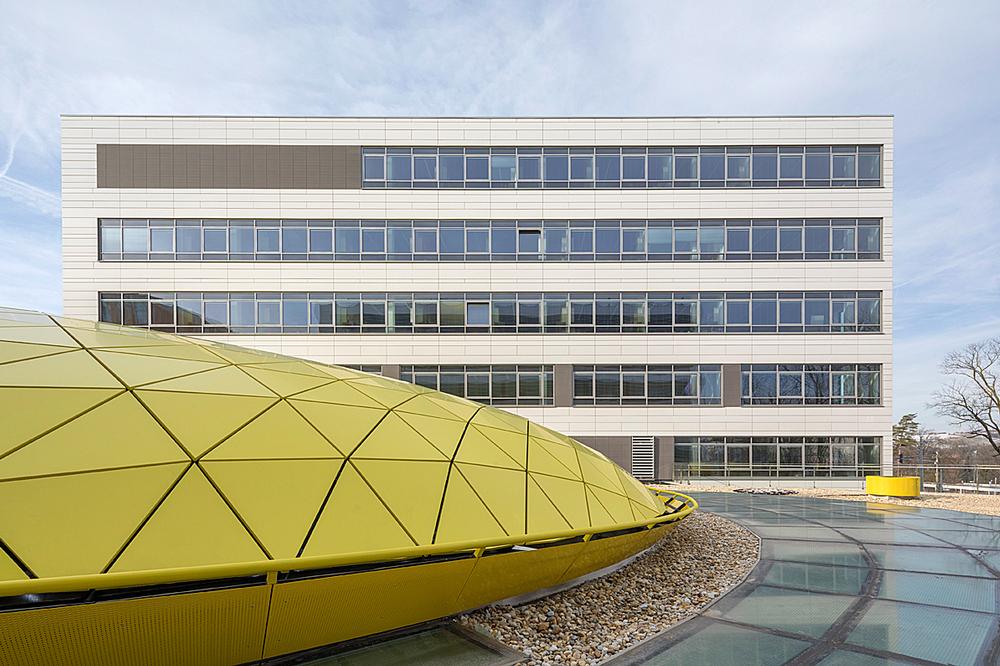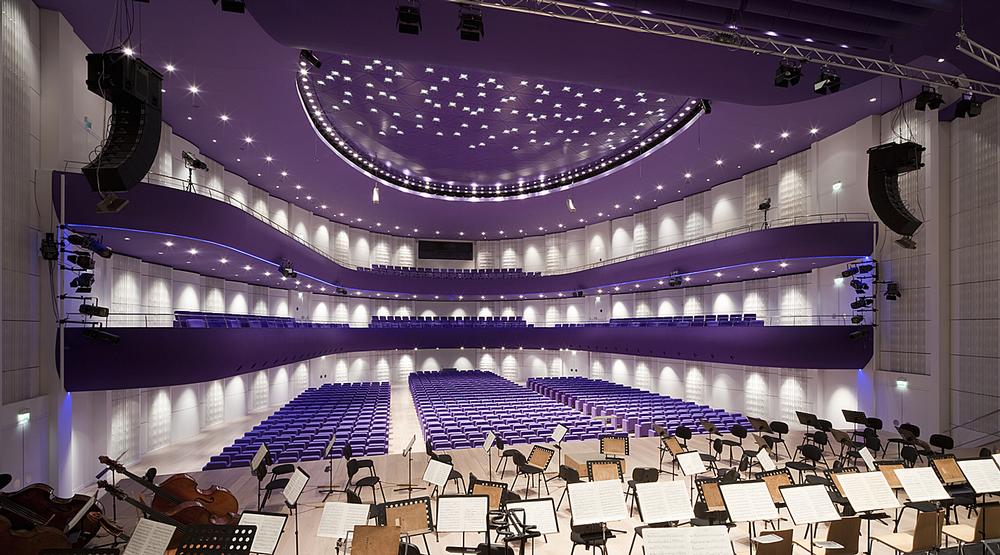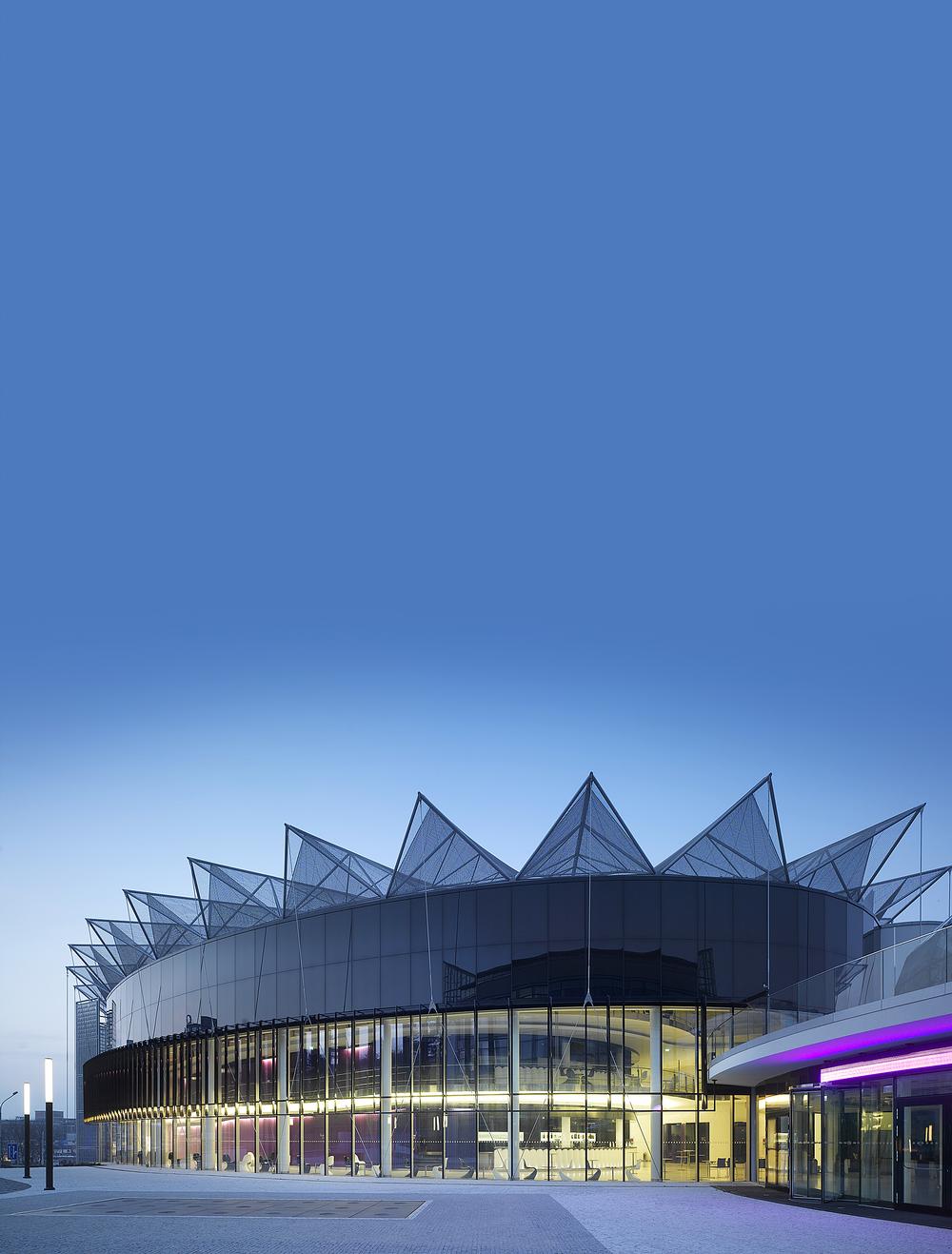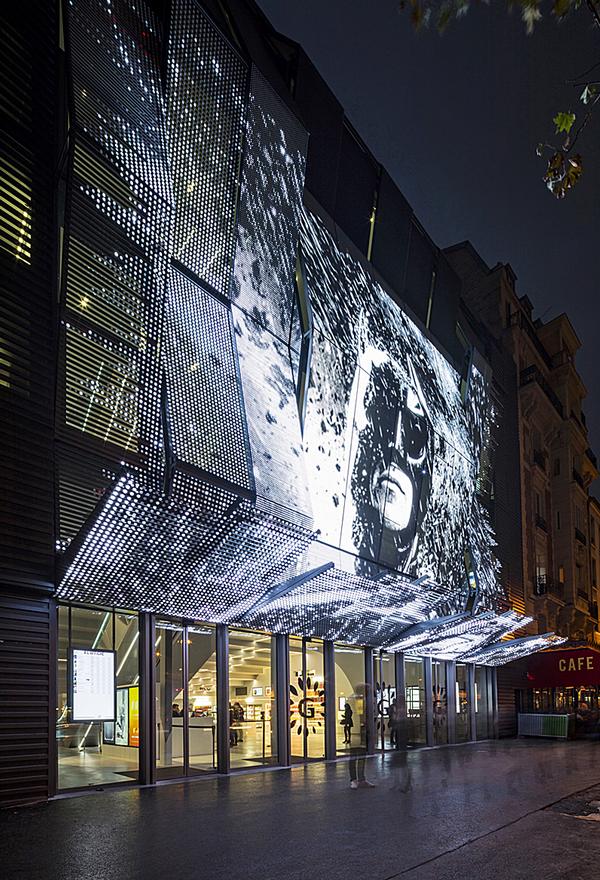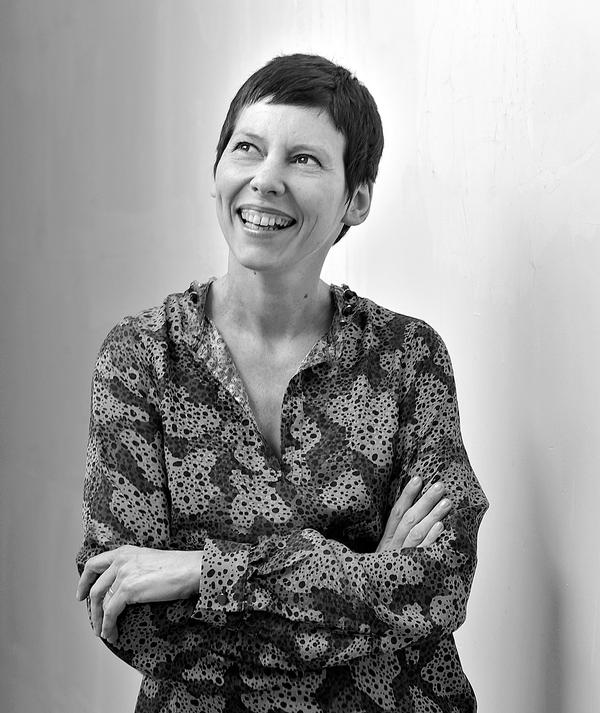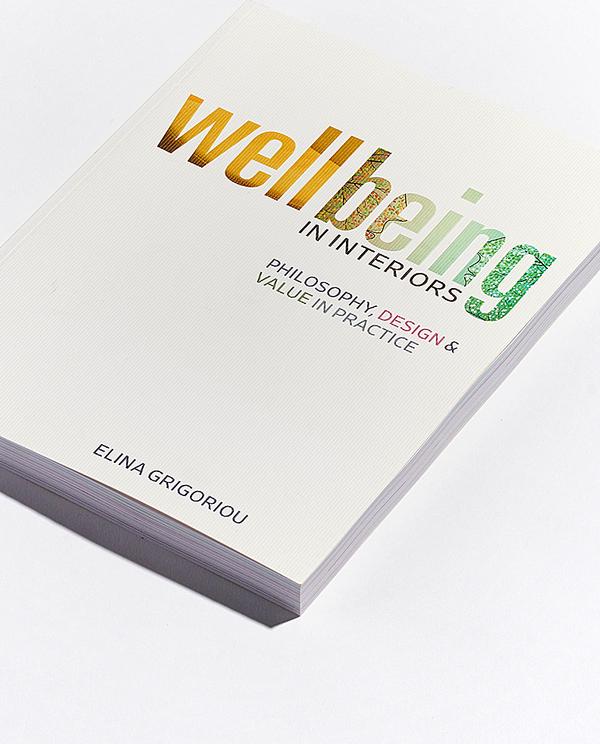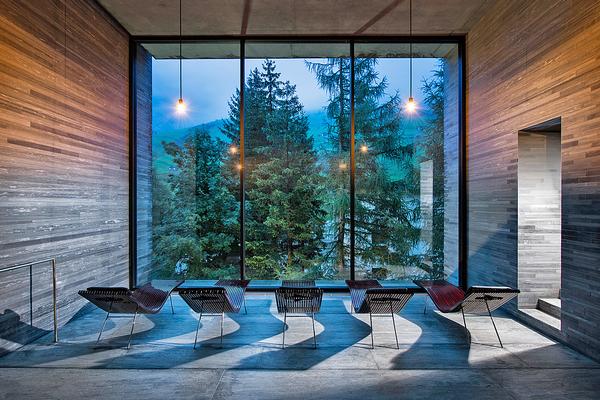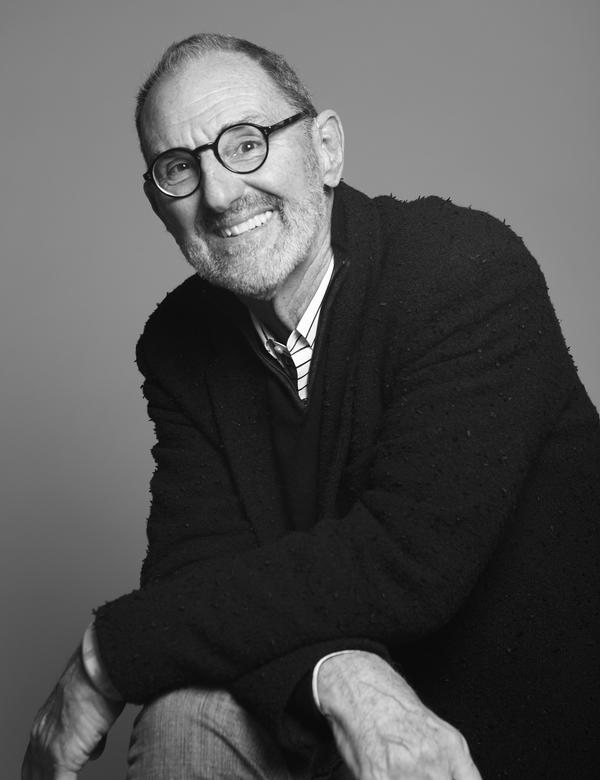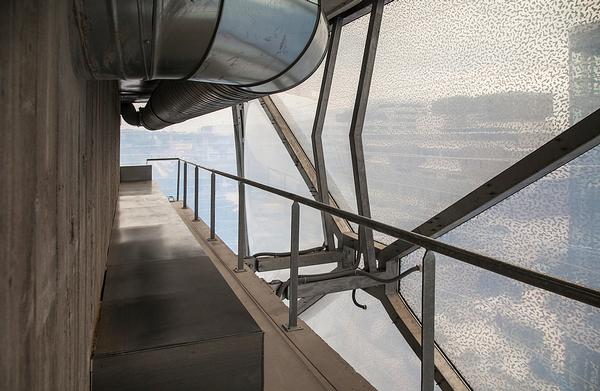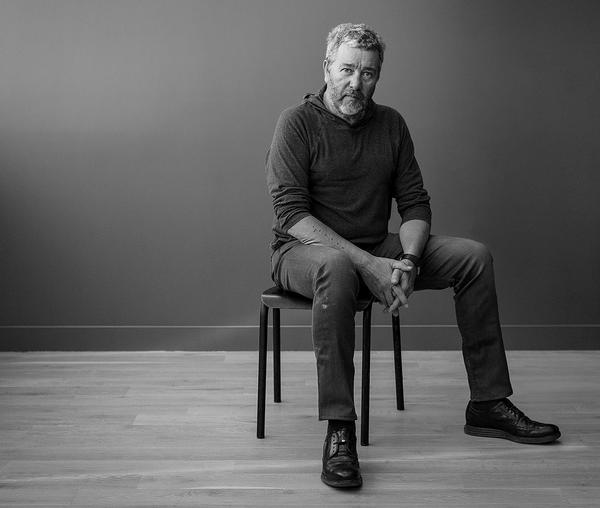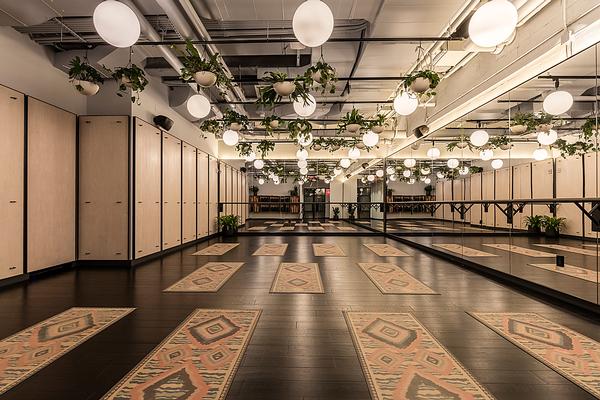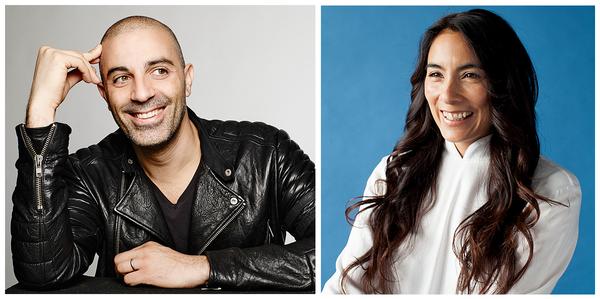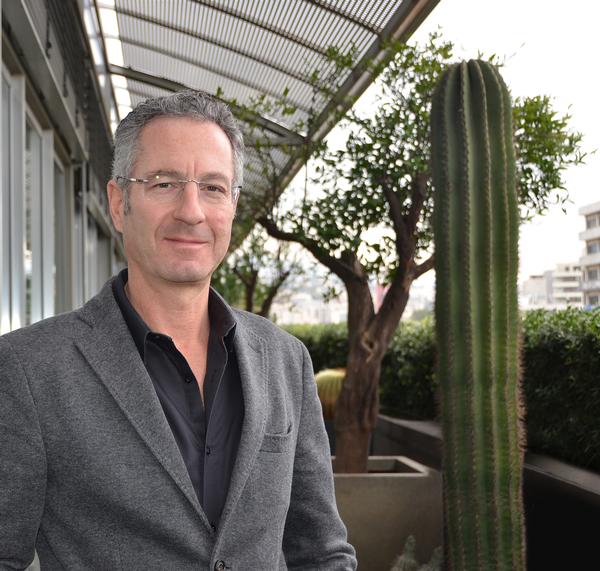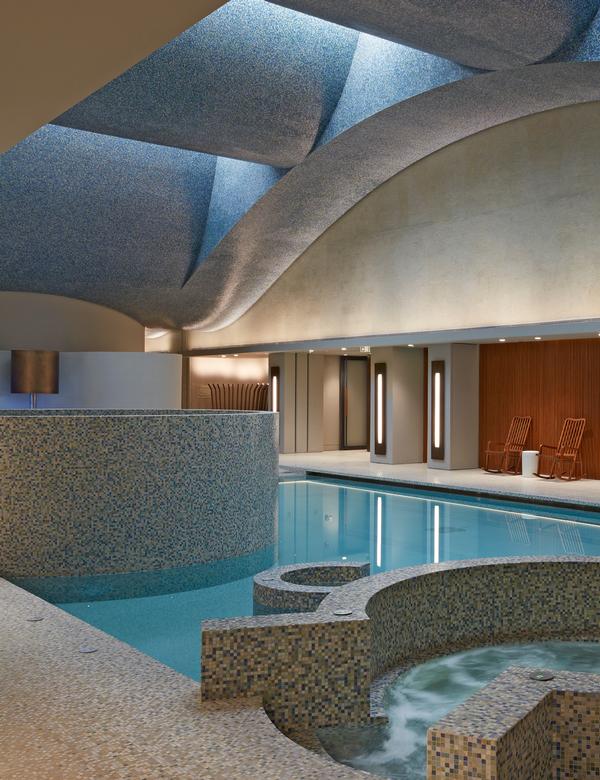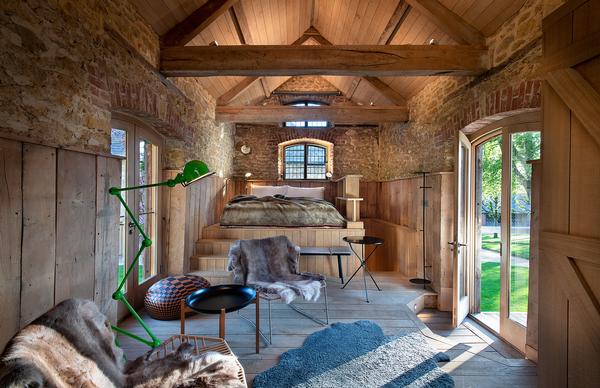Interview
Eva Jiricna
The Czech-born architect talks to Magali Robathan about her career, the swinging sixties, turning down Steve Jobs and her close friend Zaha Hadid
Last year Eva Jiricna was awarded a Lifetime Achievement Medal at the London Design Festival. It was the latest in a string of accolades – including a CBE and a Jane Drew prize for her outstanding contribution to the status of women in architecture – that celebrate the Czech-born architect’s career.
It’s a career that spans 50 years and has seen her work for clients including Apple founder Steve Jobs, Harrods boss Mohamed Al-Fayed, the Royal Academy of Arts, the Victoria and Albert Museum and Vaclav Havel when he was the president of the Czech Republic.
From 1968 until 1989, the Communist takeover of Czechoslovakia meant Jiricna was locked out of her country, and she made London her home, working on projects including Richard Roger’s iconic Lloyds Building and designing interiors for many of the capital’s high end bars, nightclubs and stores.
In 1989, following the Czech Republic’s ‘Velvet Revolution’, Jiricna was finally able to return to her home country, and she set up a second office in Prague. High profile commissions include a new Orangery at Prague Castle, a Cultural and Congress Center in Zlin and Prague’s modern design boutique Hotel Josef.
She is known for her uncluttered, modern interiors, her attention to detail and her incredible steel and glass staircases, as well as for her quiet wisdom and modesty.
“It’s been a journey,” she says, as we sit down together in a cafe in Amsterdam, where she is speaking at the World Architecture Festival. “I am mostly associated with interiors now, but I could not do interiors the way I have if I hadn’t worked on Brighton Marina for 10 years – which was purely an engineering project – and then the Lloyds Building. Those two projects shaped me.”
EARLY DAYS
Jiricna was born in Zlin in Czechoslovakia, a town founded as a kind of worker’s utopia by shoe magnate Thomas Bata, who employed Jiricna’s father as an architect.
Architecture wasn’t Jiricna’s first choice – she originally wanted to study chemistry at university, but a falling out with her A level chemistry teacher put paid to that idea. She studied architecture at Prague University, one of a very small handful of women in a school of several hundred men – and discovered a passion for it. “Architecture wasn’t my plan; I just fell in love with it,” she says.
In 1968, Jiricna moved to London for a placement with the Greater London Council. Just three weeks later, Russia invaded Czechoslovakia, and she found herself unable to return home.
“I’d joined the Society for Human Rights when I was in Prague,” she says. “To be honest I had no real understanding of what it was, but a colleague and his wife had started it up and I thought it sounded like a good idea. Shortly after the Russian invasion, I got a letter from the Czech Embassy saying they didn’t want me back, my visa was no longer valid, and my passport had been abolished. I thought it was a joke.”
It was no joke; Jiricna wasn’t able to return to her home country for more than two decades.
In the UK, Jiricna quickly found herself at the centre of London’s art and design scene. Within weeks she had met Richard Rogers, Jane Drew and James Stirling in the library at the Architectural Association, and had been invited for dinner by Stirling. She found herself mingling with the likes of David Shalev, who later designed the Tate St Ives in Cornwall, UK, and his partner Eldred Evans, as well as the artist Paul Riley, Pentagram co-founder Phil Crosby and Archigram co-founder Peter Cook.
“Within a matter of weeks, I somehow got introduced to many of the people who were representing design and architecture in the UK at that time,” she says.
“It was just the most amazing time to get into design. Everyone had big ideas about the future. There was this young generation trying to break with everything that was old and conservative. There were all these crazy architecture competitions, so I started entering them. Everyone was copying Archigram; we used to literally trace over their drawings to try and get the gist of what they were doing. It was a fantastic time.”
A SENSE OF FREEDOM
Although being locked out of her home country must have been incredibly tough, the young Jiricna was also intoxicated by her new life in London.
“For the first time in my life, I experienced what freedom was,” she says. “I could say whatever I felt, there was nobody behind me making notes and taking me to the police station to explain myself. There was nobody spying on me. It sounds extreme but that was the situation in Prague.
“Coming to London was a revelation. It was flower power and miniskirts. We all used to go out to wine bars or for pizza. None of us had any money, but everyone dressed as extraordinarily as possible. Richard Rogers used to have these big parties. He had no furniture, so everyone used to sit on these little sausage cushions, and his mum made this delicious almond cake.”
After working initially for the Greater London Council, Jiricna found a job as an associate at the Louis de Soissons Partnership and spent the next 10 years working on the Brighton Marina Project – a huge and ambitious harbour scheme that eventually collapsed due to cashflow problems.
“It was a massive learning curve,” she says. “I had no idea how to run a site team, and there were 60 men on that site. I knew nothing about land reformation, or sheet piling or about anything concerning marinas!” She laughs.
“I look back now and I think: how did I have the courage? I had to get on and just learn it.”
Once that project finished, Jiricna met fashion retailer Joseph Ettedgui, who asked her to design his flat, and then to design a store for him on London’s South Molton Street. This led to a long collaboration between the two, with Jiricna creating interiors for a range of Joseph stores in her trademark clean, modern style.
Her work on the first Joseph store also led – almost by chance – to one of her best known jobs, designing the interiors of Richard Rogers’ radical Lloyds Building.
“On the day of the opening of the Joseph shop, Richard [Rogers] and Norman [Foster] happened to be walking down Sloane Street,” says Jiricna.
“The door was open, although the opening party wasn’t until that evening, so they walked in.”
Jiricna had designed the flooring, staircase and furniture all in timber – “actually I’d never worked with timber before that in my life,” she says – and it caught Rogers’ eye.
“He asked me who designed the shop, and when I said it was me, he said: ‘You have to come and work on Lloyd’s because they want interiors in timber and no one in our office knows how to handle it’. So suddenly I became an expert on timber!”
The next few years were spent juggling her work on the Joseph stores with a ‘part time’ job working on the Lloyds Building interiors with Richard Rogers, “although of course there is no such thing as part time with Richard, so we were working practically 24/7,” says Jiricna. “We had to do the interiors, the light fittings, the plants on the roof. We had to do whatever was necessary.”
Jiricna set up her own practice, Eva Jiricna Architects, in 1982, operating out of architect Michael Hopkins’ old studio in London’s Hampstead. Over the next few years, Jiricna won and completed a series of high end projects around London including the Jewellery Gallery at the V&A, Canada Water Station, Brown’s and Legends nightclubs, the Joseph stores, and a jewellery store for Harrods.
Jiricna collaborated with fellow Czech architect Jan Kaplicky on several projects – the two were in a long term relationship during the 1960s and 1970s, but remained good friends and colleagues after they split.
QUEEN OF THE STAIRCASE
Jiricna began to make a name for herself for her glamorous interiors, and particularly for her staircases – beautiful, sculptural pieces designed in glass and steel where the treads were often transparent and appeared to float without support. It was this element of her work that caught the eye of the Apple founder Steve Jobs, who was then working on the idea of launching Apple branded retail stores in the US.
“When he started working on the concept for the stores, Steve calle1d me and asked me to go to San Francisco,” says Jiricna. “He wanted a glass staircase and I was one of the only people doing them back then.”
Jiricna and Jobs worked together on the Apple store concept, but Jiricna says the experience was a tricky one.
“Steve was a bit of a frustrated architect, and he thought that he could dictate to the architect – me – how to design the shops. I’d come back to London from San Francisco, and call my office from the airport and my secretary would say: ‘Please call Steve Jobs because he says he has a good idea and he wants you to go back on the next plane!’ He wouldn’t talk to anyone else but me. That’s what he was like.
“After about eight months of taking models out there and going backwards and forwards to America, I just thought, ‘Do I want to spend the rest of my life designing stores for Steve Jobs?’ So I recommended someone we’d worked with on our glass staircases, who was based out in New York, and we parted company a little while later.”
GOING HOME
By this time, Jiricna was splitting her time between the UK and the Czech Republic. In 1989, following the fall of communism in the Czech Republic’s ‘Velvet Revolution’, she was finally able to go back to her home country.
At first, Jiricna was reluctant to work there, because she didn’t want to take work from her architectural colleagues who’d stayed in the country.
“They’d had no chance to do anything professionally during the period of communism; they’d had to sell vegetables or newspapers or do whatever they had to do to support their families,” she says. In 1995, though, Jiricna and her team were asked by Andersen Consulting to take part in a competition to design a new office in Frank Gehry’s ‘Fred and Ginger’ building in Prague.
“At that time, there was no Czech architect who would have been capable of being selected, so we entered and we won,” she says. “I started going back to Prague, and to my horror there was no skill. When my father worked as an architect there was so much skill in the country; we were at the same level as Germany, France and Italy. But when I went back I kept getting told that what I wanted to do was impossible; they just couldn’t do it.
“At first I had to bring people from London to lay stone floors, build the partitions and do the ceilings. Then we started teaching the people in the Czech Republic, started bringing the skill back.
“That’s something I’m very proud of; I think I helped to bring the skill back to the country and to build up a feeling that ‘you can’, rather than ‘you can’t’.”
In 1999, Jiricna opened the office AI-DESIGN with Czech partner Petr Vagner in Prague.
When they won the job for Hotel Josef – one of Prague’s first design boutiques – Jiricna was determined to use Czech tradespeople. “I used them to do the bathrooms, to make the floor, to create the staircase. It was like a game, building up the relationship with the guys on site, making them trust me. They’d say ‘we can’t do this’ and I’d say, ‘you can. Let’s try it’. Suddenly these people just lifted up with confidence. They were brilliant. They all got photographs of the work for their families, because it was the first time they’d accomplished something that they were sincerely proud of.”
The role of the people who bring her designs to life is something Jiricna doesn’t take for granted, and she comes alive when she talks about her relationship with them.
“I’m really grateful that, as an architect, I share my life with the people working on my projects,” she says. “These are the people who struggle with what we architects put down on paper, which often doesn’t make much sense and is difficult to make. They often do so in dreadful conditions; rain, mud, wind, frost. It’s hard physical work. They still show you friendship when it’s most needed and if you listen, they will teach you a lot.”
Another relationship that taught Jiricna a lot, and which she clearly cherishes, is the close friendship she had with Zaha Hadid. When I bring up the subject, Jiricna is quiet for a long time. “Is this okay to talk about?’ I ask, worried I’ve overstepped the line.
“Yes, it is,” she says, quietly. “I’m just trying to put it into words. I really do miss her. I texted her just a few hours before she died. She was a very close friend.
“Zaha knew what she wanted. She knew from the beginning that she had a great talent, and she was constantly looking for ways to make herself accepted. She became successful on the basis of being unbeatable.
“She had lots of disappointments, and then fantastic success. I was so pleased that she got the RIBA Gold Medal before she died, because she always wanted to get a British award. As a foreigner, it was very important to her. As a foreigner myself, as someone who speaks English with an accent, that’s something I understand well.”
Jiricna might not be British, but she has long been at the heart of British architectural and cultural life. In 1991 she was made a Royal Designer for Industry by the British Royal Society of Arts (RSA), she was named a CBE in the Queen’s New Year’s Honours in 1994 for services to interior design, and was elected as Academician to the Royal Academy of Arts in 1997.
In the end though, it comes down to people, and relationships, says Jiricna, and she considers herself very lucky in that regard. “My father loved people; that’s something I’ve got from him,” she says. “I’m very grateful for the people I’ve shared my life with.”
Founded in Prague by Eva Jiricna & Petr Vagner in 1999, AI DESIGN provides a comprehensive service including the design of new buildings and public spaces as well as reconstructions, bridges, detailed interiors, exhibitions, products and furniture.
AI – DESIGN’s best known projects include the Orangery in Prague’s Castle, Hotel Josef in Prague, the Cultural and Congress Centre in Zlin, and Sky Barrandov in Prague.
The studio AI DESIGN has a strong collaborative track record working closely with clients and other members of the design team, including engineers, landscape architects, cost consultants and urban designers.
